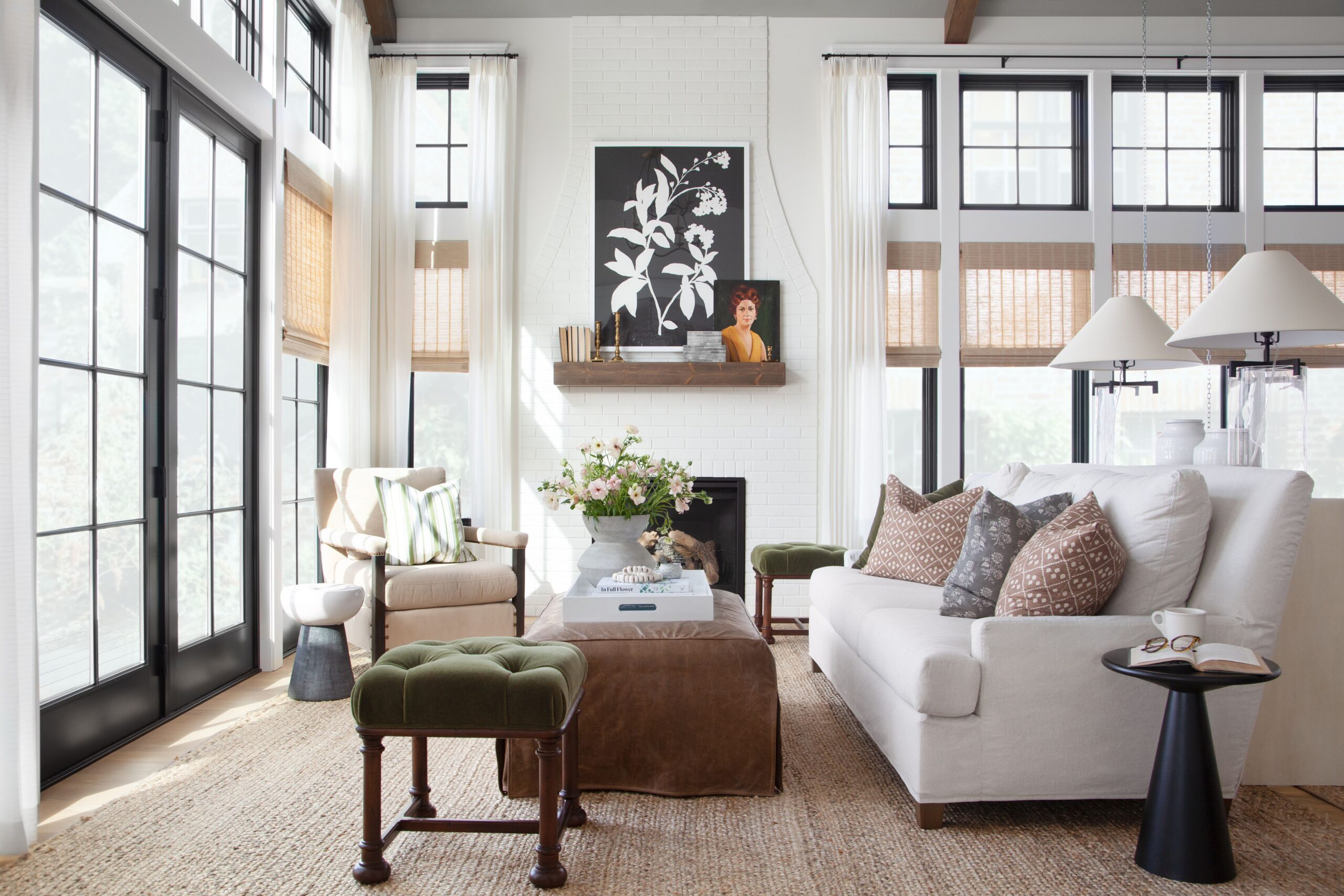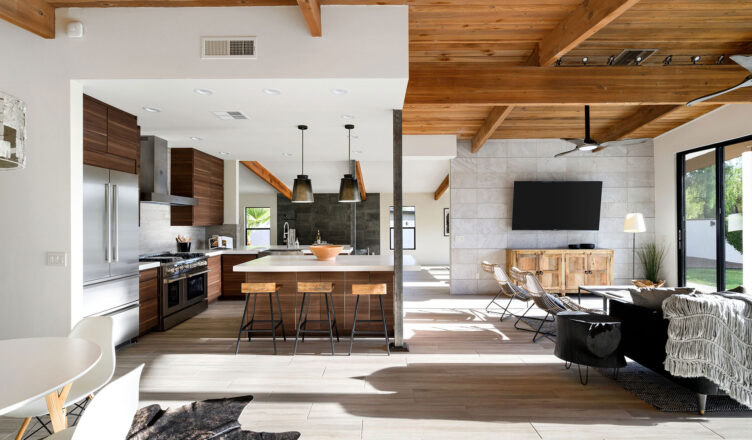In the transforming realm of interior design, sustainability has shifted from a mere trend to a fundamental approach, a criterion that shapes the inception and culmination of captivating spaces. For interior design professionals, this emphasis on eco-friendliness amplifies aesthetic allure and fosters a harmonious relationship between our living spaces and the environment. Integrating sustainability has become a paramount priority, particularly for interior design firms Naples, FL, where the breathtaking backdrop of nature’s beauty is an everlasting source of inspiration.
Adopting a sustainable approach is a remarkable way to preserve and showcase the natural beauty of Naples, allowing interior environments to resonate with, rather than resist, the enthralling ecosystems that characterize the region. Below are ways that interior design professionals can infuse sustainability and eco-friendliness into their design philosophies and practices:

1. Harnessing Natural Light
Favor natural light as a primary illumination source in the spaces you design. Utilizing ample windows, skylights, and open spaces allows natural sunlight to flood living areas, reducing dependence on artificial lighting and saving energy.
2. Sustainable Materials Selection
Choosing sustainable materials is crucial. Opt for locally sourced, recycled, or upcycled, and avoid materials that contribute to environmental degradation. Materials such as bamboo, reclaimed wood, and natural stone are excellent choices that enrich the space’s aesthetic appeal.
3. Integrating Indoor Plants
Including a variety of indoor plants enhances the visual vibrancy of a space and the air quality. Plants create a soothing ambiance, connecting the interior with nature’s essence.
4. Smart Technology Integration
Incorporate smart technologies that promote energy efficiency, such as programmable thermostats, energy-efficient lighting, and automated shading systems. These technologies enhance the functionality of spaces while minimizing their environmental impact.
5. Water Efficiency
Design with a water conservation focus by choosing water-efficient fixtures and appliances. Low-flow faucets, showerheads, and dual-flush toilets contribute to significant water savings.
6. Eco-Friendly Finishes
Opt for finishes that are low in volatile organic compounds (VOCs). This includes paints, varnishes, and other finishes that contribute to healthier indoor air quality and are less harmful to the environment.

7. Waste Reduction Strategies
Implement strategies that encourage waste reduction. This can include designing adaptable and flexible spaces and encouraging the use of furniture and decor that can endure changing tastes and trends.
8. Continuous Learning and Adaptation
Stay abreast of the latest sustainable design innovations and continuously adapt and evolve your design practices. Being a lifelong learner ensures that your designs will always be at the forefront of sustainability and eco-friendliness.
Melding sustainability with interior design is a powerful way to craft visually stunning spaces harmoniously aligned with our planet’s well-being. For professionals in places like Naples, where the resonance of natural beauty is profound, integrating these principles is an exhilarating journey toward crafting interiors that echo the elegance and ethos of their exterior landscapes.

